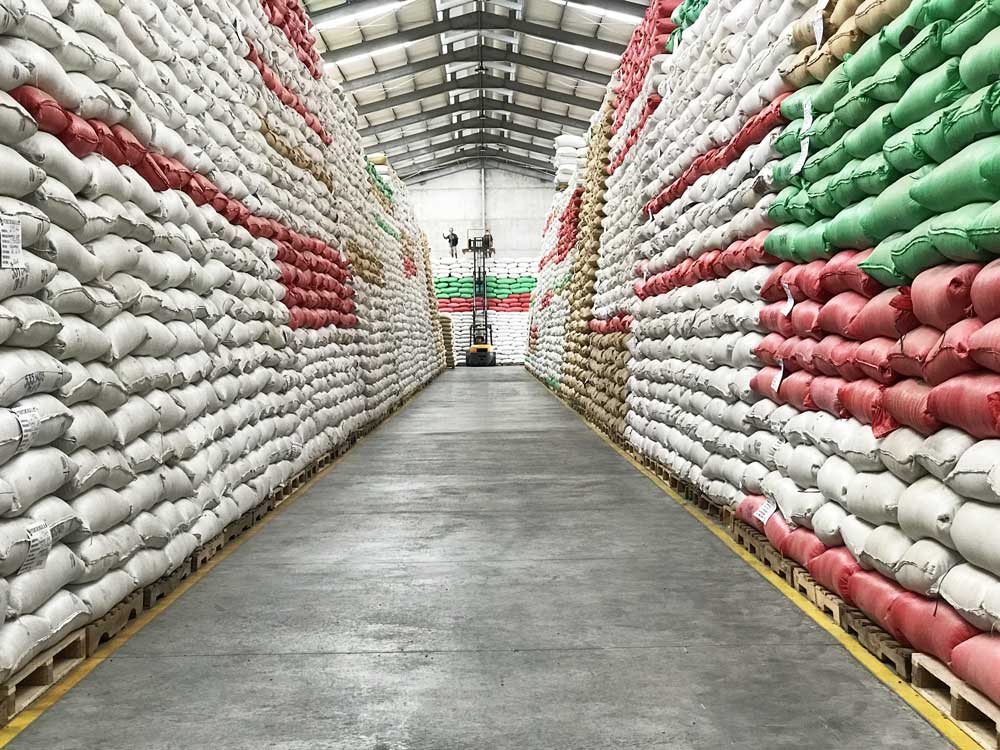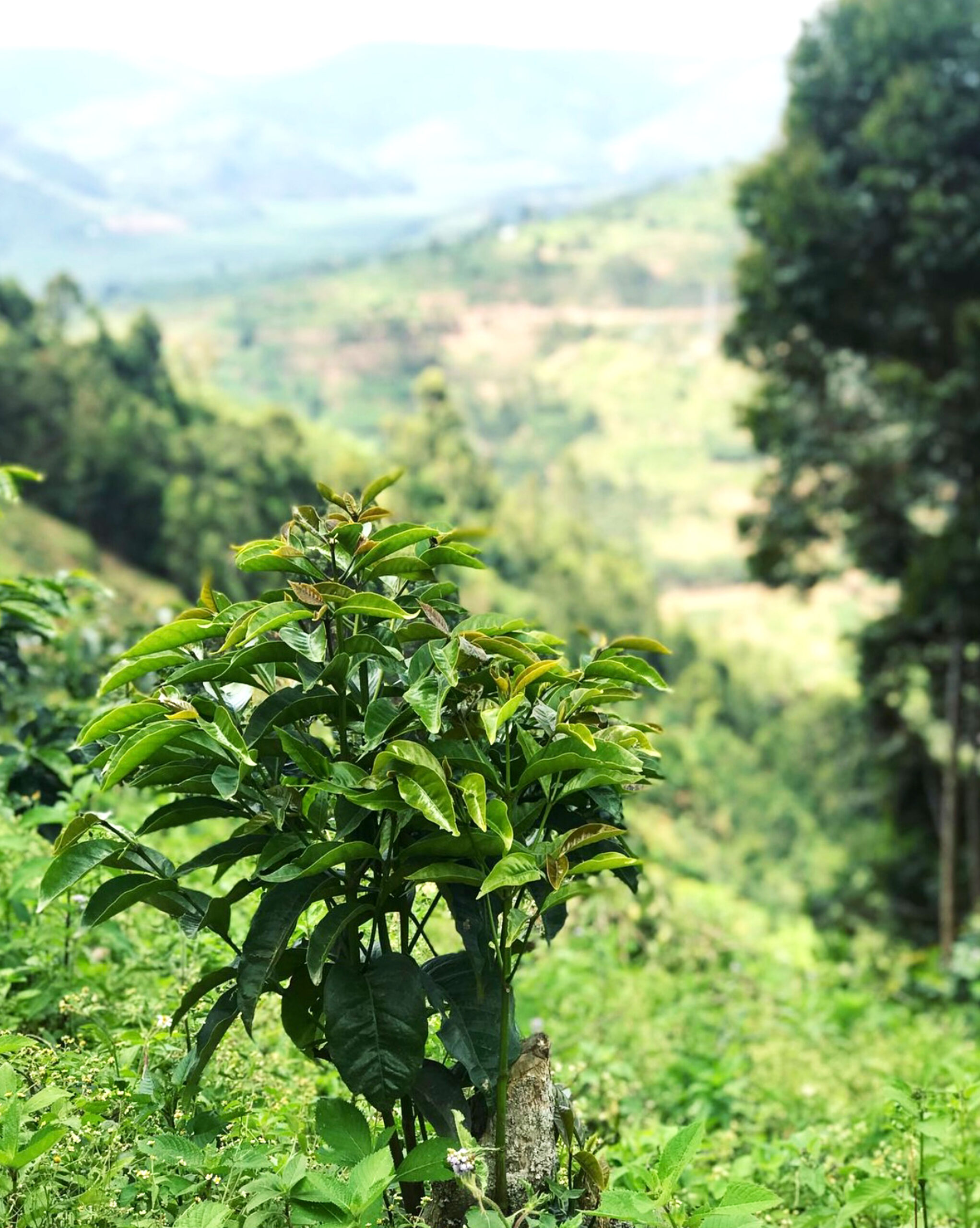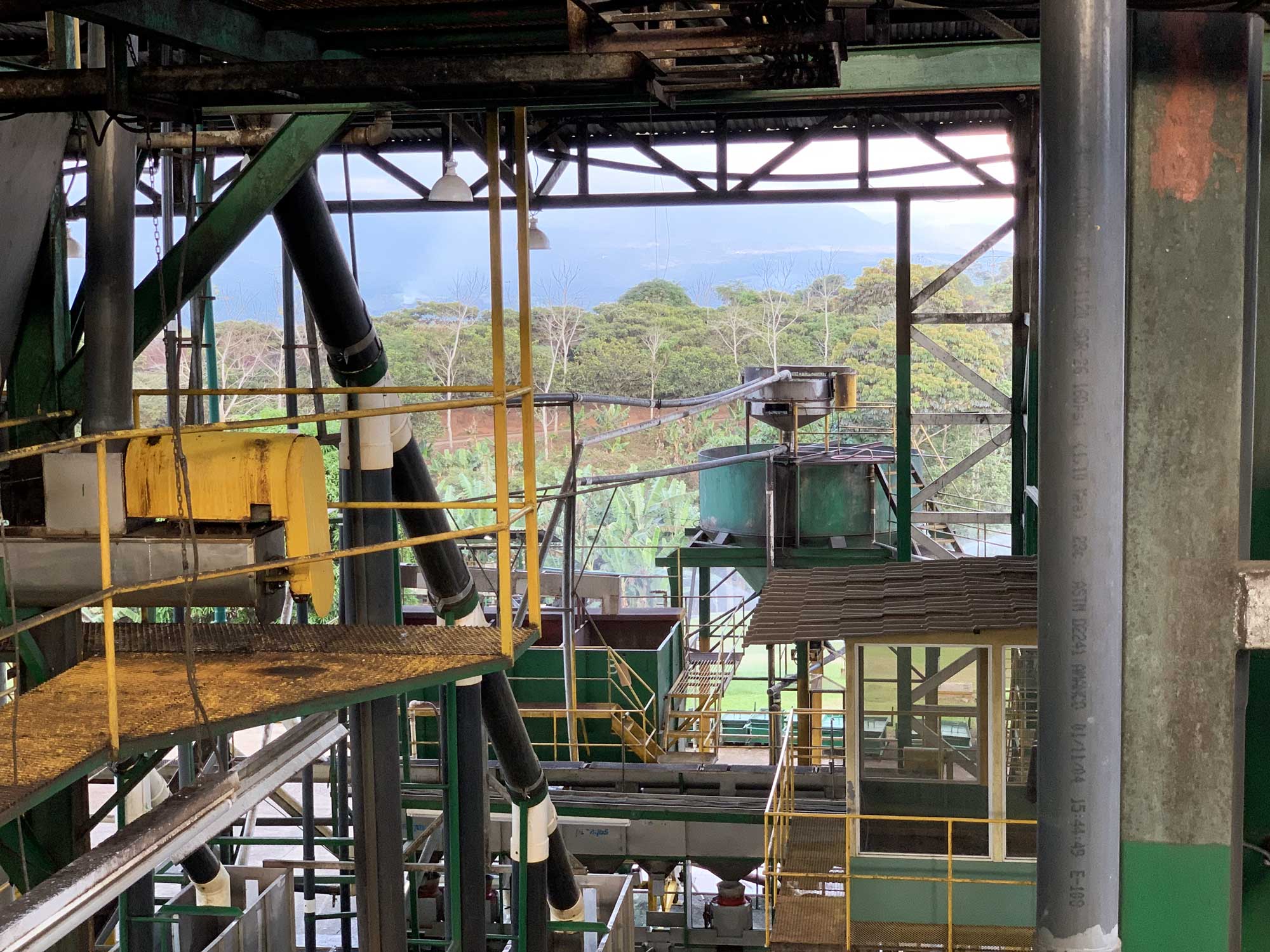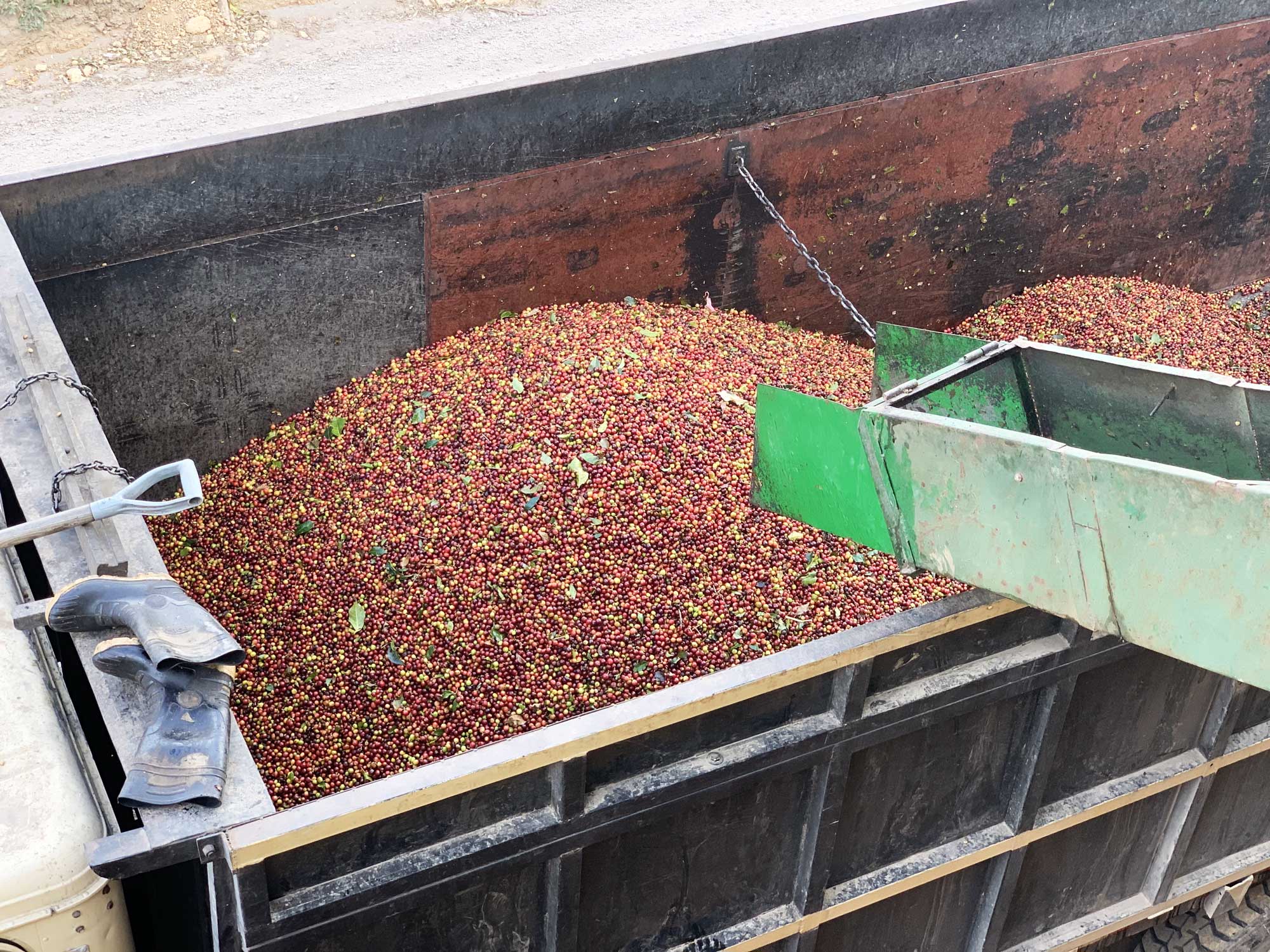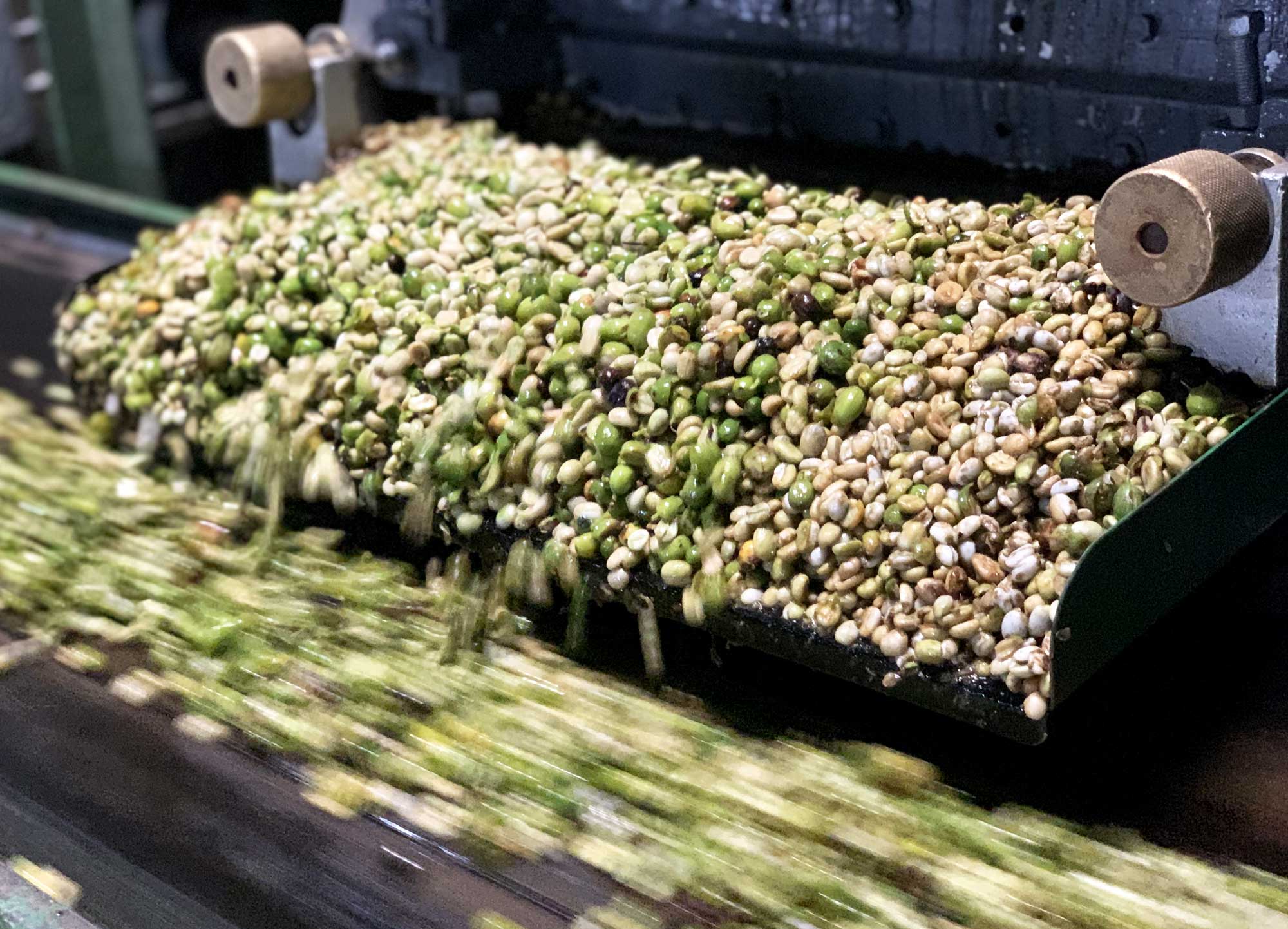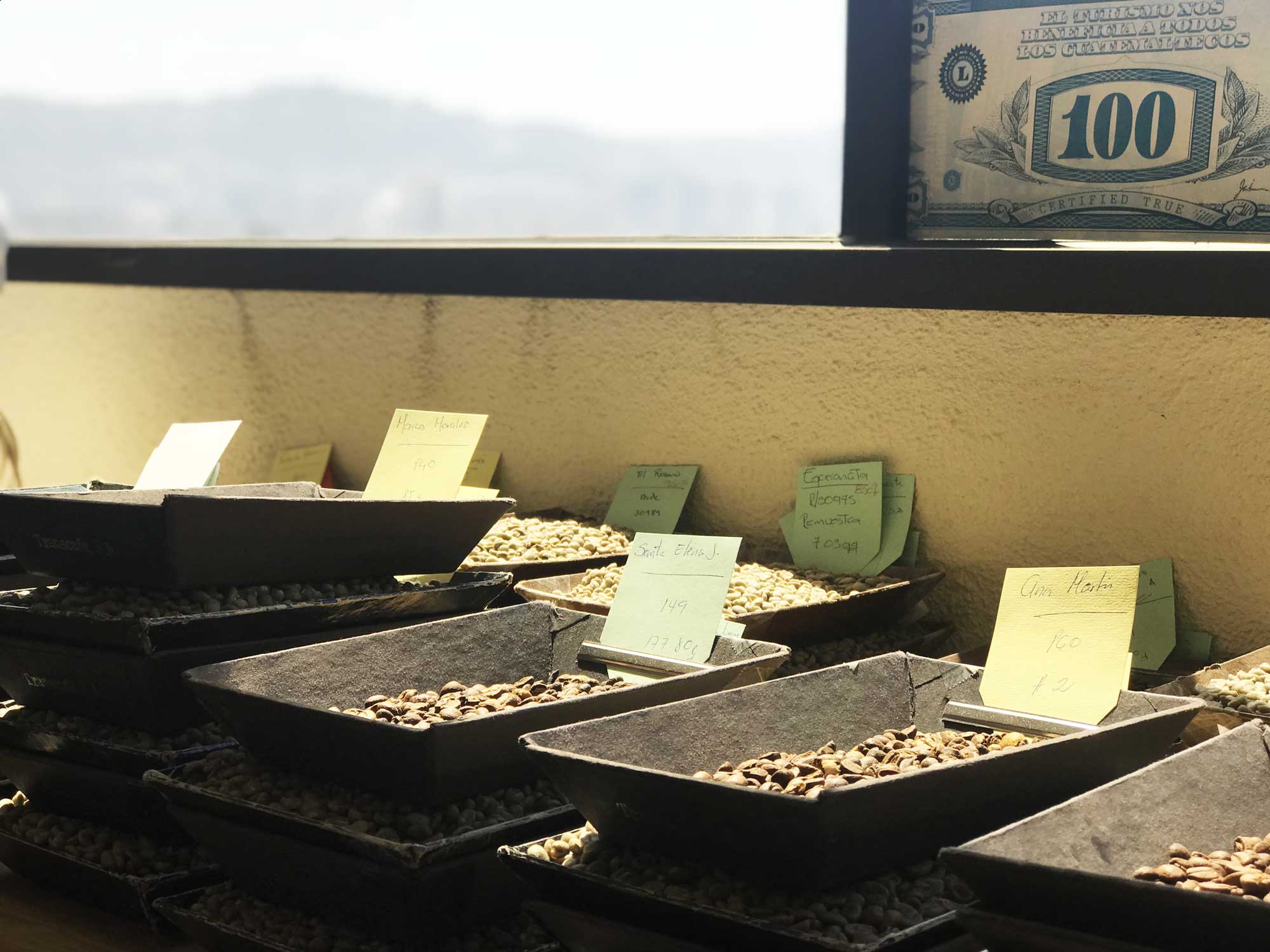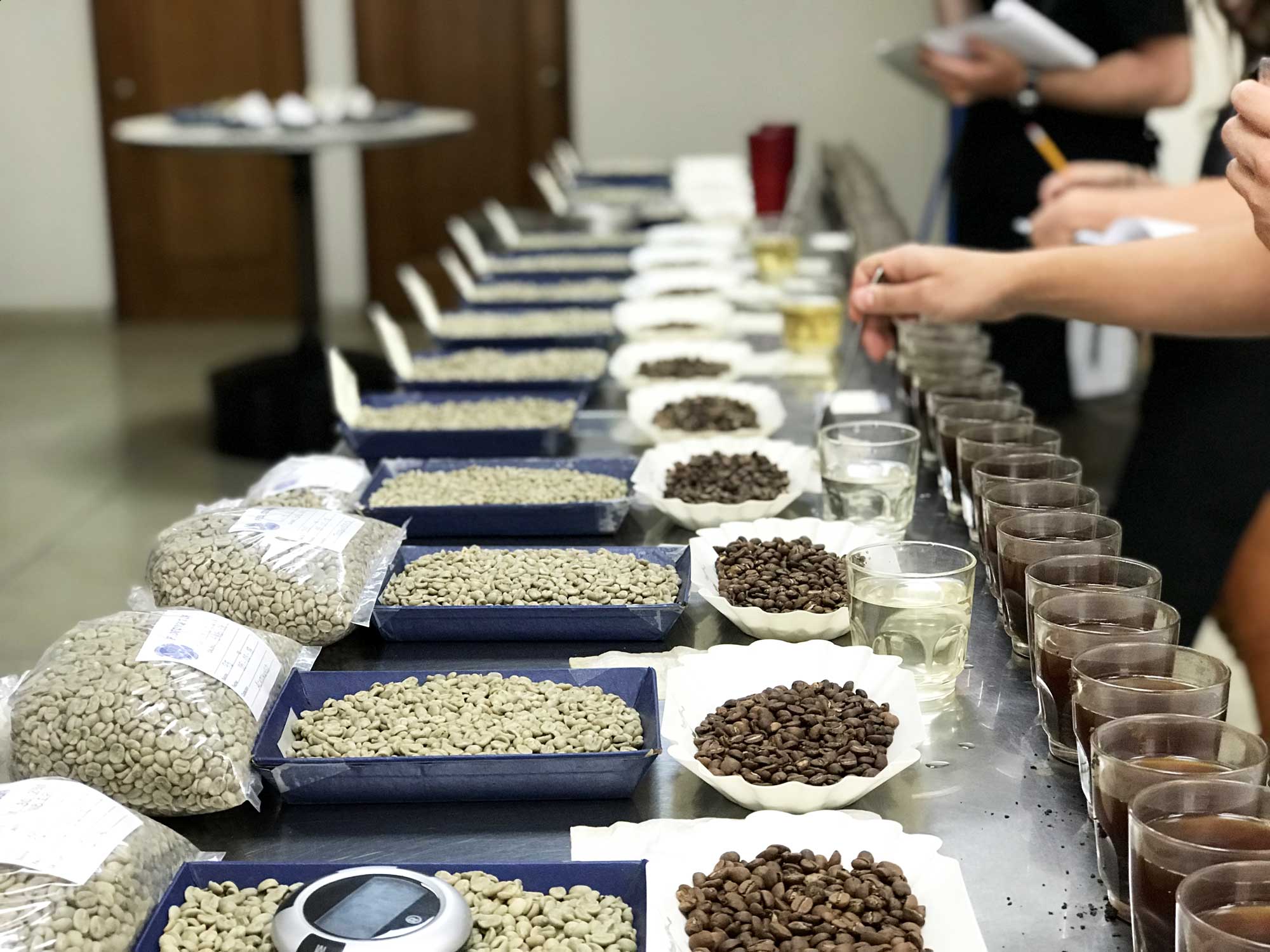A BEGINNER'S GUIDE - PART 1
Speciality Coffee at Origin
What is Speciality Coffee?
Speciality Coffee, according to some experts, is only 6% of the gigantic hill of beans that make up the world’s supply of coffee. Others say it is so special that it is only one percent. Part of the problem here is that, despite being the world’s second most traded commodity after oil, no-one actually knows how much coffee there is in the world. You could say the situation is fluid except that we are mostly talking about the raw green beans stored in silos and warehouses, in ports, at mills and on farms the world over.
There are, of course, many hurdles for a bean to overcome before it is allowed into this elite club. First and foremost it must be Coffea Arabica rather than Robusta or Liberica and all those lesser strains. Arabica has 44 chromosomes to Robusta’s 22 which means that it is already twice as complex genetically.
Then we have the three mighty pillars that Speciality is founded on Traceability, Sustainability and Transparency. Oh, and a fourth pillar – Quality!
The key phase of the coffee bean’s journey that maintains the high quality levels, starts in the field, at the beginning of the supply chain but it continues right through to your cup of coffee. Arabica is grown at higher altitudes than Robusta between 900 - 2,500 metres above sea level or masl as you will now notice on packs of Speciality Coffee. It flourishes in rich volcanic soil under shade and intercropped with other plants. At this stage farmers prune and fertilise and generally care for plants to prevent disease. The healthier the plant the more complex the flavour and the more coffee the plant will yield. We have witnessed poorly looked after plants at origin where farmers have not sought the help of other workers to help to look after their crop. This is where the work of co-ops is so important to provide support from agronomists when needed.
The fruit, which is also known as the cherry, is hand-picked at its ripest (not stripped off the branch). Depending on the origin there are numerous ways to remove the cherry from the seed (Bean). Historically, these different processing methods vary due to local tradition rather than to achieve a certain flavour. However, in recent years, the spectrum of flavours that can be achieved from different processing methods has meant segregating certain processes and even experimenting with new ones as become more important in the speciality sector. Processing is the single most important influence on a coffee’s flavour. When they are taken for processing at the mill they are segregated to keep traceability. Once the coffee is at the green bean stage ready for export there is careful grading so that the coffee is free of primary defects.
Image 3-4. Coffee Mill in Costa Rica
Image 5. Coffee De-pulper in Nicaragua.
A key qualifying factor for a coffee to be designated ‘Speciality’ is to achieve a Speciality Coffee Association Cupping Score of 80 or above, although some say 84 or over (most of ours are 87 or over). This is an attempt to capture the magic of these fugitive volatile aromas by using a calibrated, complicated set of attributes that measure Aroma, Fragrance, Flavour, Aftertaste, Acidity, Intensity, Body, Uniformity, Clean Cup & Sweetness. When I say complicated, I mean complicated.
There are many variations of these cupping forms floating around the coffee world but this is the one that guarantees that a bean that arrives in a sack in a container is the same quality as that agreed upon from the pre-shipment sample as scored some months before. The destiny of a farmer’s work hinges on these fine lines of calibration. Quality Control relies on the decisions reached by trained palates of experts in labs at exporters and importers, and increasingly now at farms and roasteries.
Image 6. Coffee Samples and Cupping in Guatemala.
Improving the Coffee Value Chain
